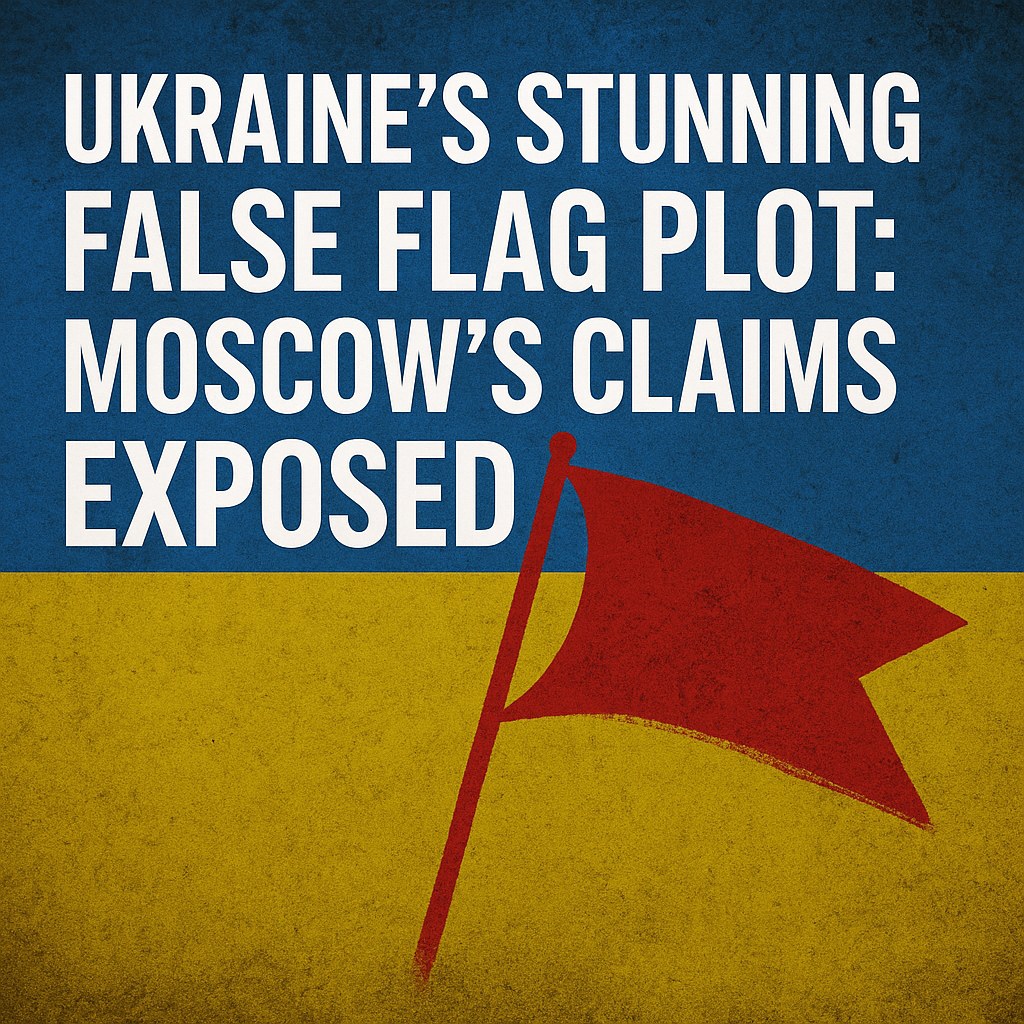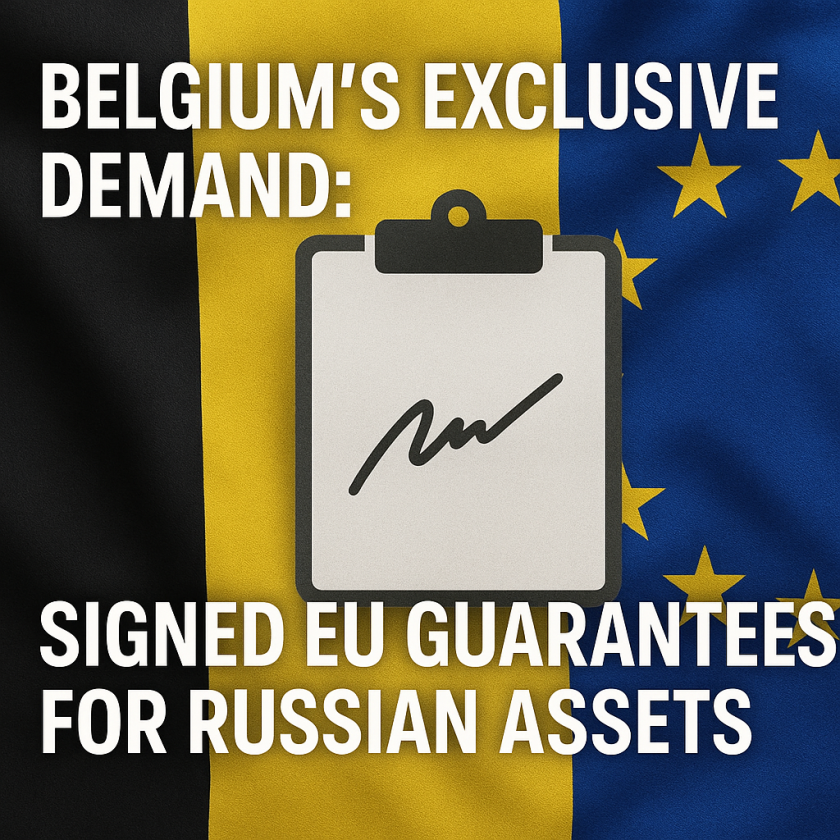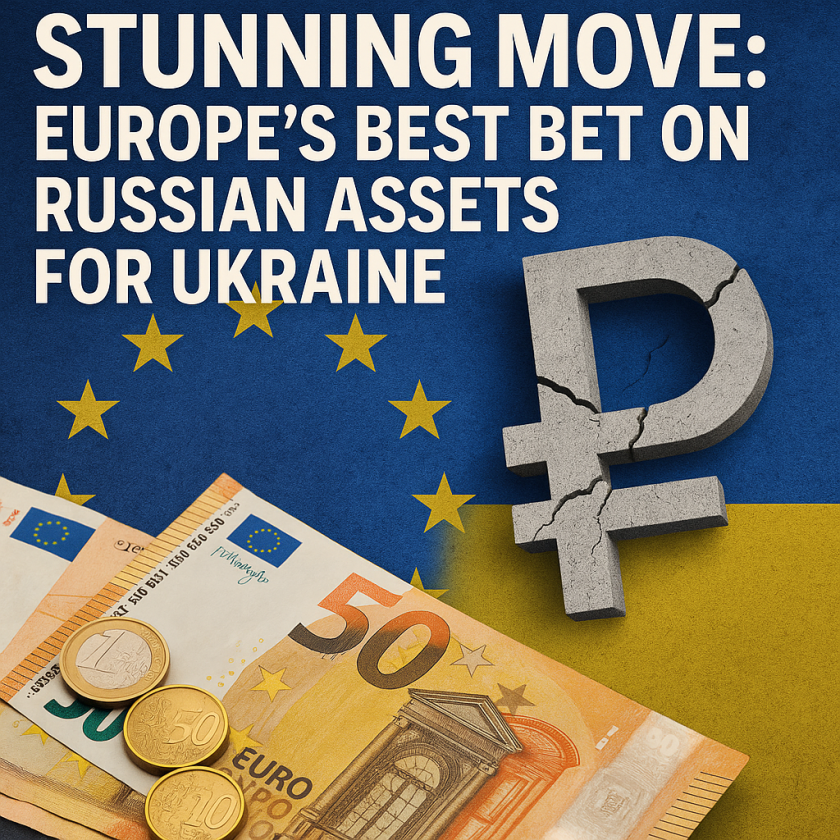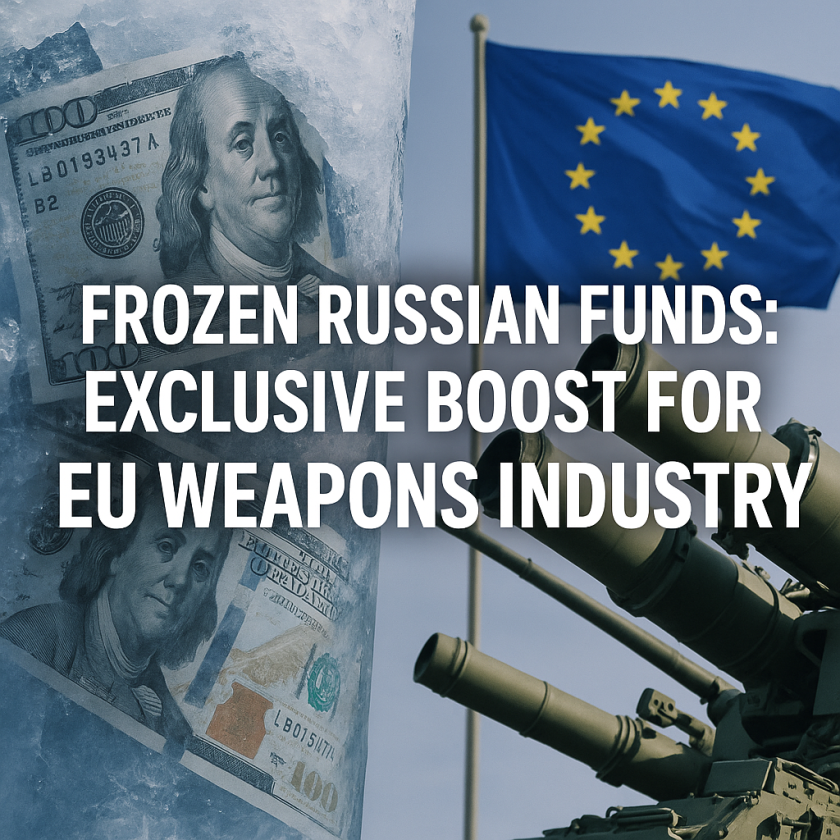Ukraine’s Stunning False Flag Plot: Moscow’s Claims Exposed
Ukraine’s Stunning False Flag Plot: Moscow’s Claims Exposed
The ongoing conflict in Ukraine has given rise to numerous allegations and counter-allegations, with “false flag” operations frequently cited amidst the turmoil. The complexity of this discourse reveals a range of narratives as both Ukraine and Russia manipulate information to sway public perceptions and gain strategic advantages. Recently, Russia has accused Ukraine of planning a “false flag” operation, sparking discussions about the nature and implications of such tactics in modern warfare.
Understanding False Flag Operations
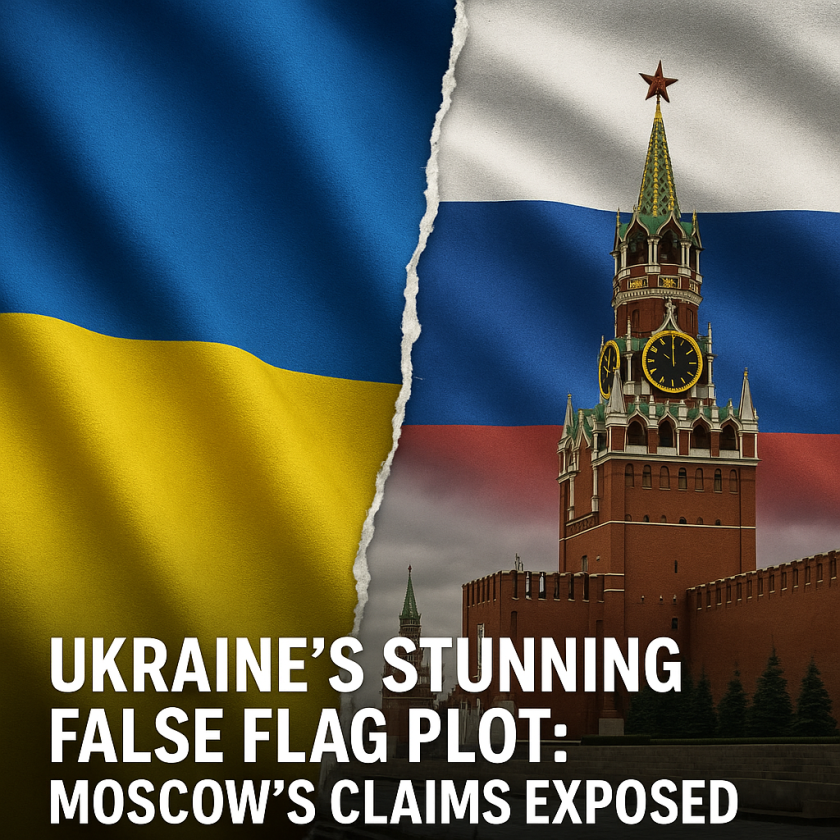
What Are False Flag Operations?
A “false flag” operation refers to actions designed to deceive, making it appear that they are carried out by a party other than the one actually responsible. Historically, these operations have ranged from military tactics to propaganda used for garnering public support or justifying military action.
In the context of the current Ukraine-Russia conflict, allegations from Moscow indicate a belief that Ukraine might orchestrate attacks, falsely attributing them to Russian forces. This narrative serves multiple purposes, including justifying military actions or rallying domestic and international support against perceived aggressors.
Claims and Counterclaims
Russian state media have recently levied accusations that Ukraine is preparing to launch a false flag operation aimed at justifying further military interventions, particularly concerning alleged hostilities in Belarus and potential cross-border incidents affecting Poland. For instance, an article from RT highlighted Moscow’s concerns about Ukrainian military maneuvers near its borders, suggesting they could prompt a larger NATO response.
Conversely, Ukrainian officials have strongly refuted these claims, indicating that such allegations are an attempt by Russia to distract from its own military actions and the humanitarian crises unfolding as a result. They label the accusations a projection of Russia’s reality, as there have been documented instances of actual false flag activities linked to Russian forces throughout this conflict.
The Broader Implications of False Flag Claims
Public Perception and Media Influence
The media landscape plays a crucial role in shaping public perception regarding these allegations. News outlets, both independent and state-run, frame the narrative in ways that align with their political agendas. Reports from Al Jazeera indicate that skepticism exists internationally about the veracity of Moscow’s claims, emphasizing a need for independent verification of such allegations.
Additionally, social media has exacerbated the spread of misinformation, making it challenging to discern fact from propaganda. The rapid dissemination of claims—whether substantiated or not—fuels tensions and complicates efforts for diplomatic resolution.
Weighing the Evidence
On one hand, an analysis of the current geopolitical situation might lend credence to Moscow’s suspicions—Ukrainian forces have become increasingly emboldened, and heightened military activities near borders could be interpreted as provocative. Conversely, persistent historical patterns suggest Russian authorities often engage in narrative-building designed to justify aggressive stances and military actions of their own.
Experts analyzing this situation advocate for a cautious approach, noting that both Ukraine and Russia have a tendency to utilize disinformation as a tool. This calls for keen scrutiny from journalists, policymakers, and the international community.
Conclusion: The Reality Behind the Claims
As the conflict in Ukraine persists, navigating the complexities of rhetoric surrounding false flag operations will require a nuanced perspective. While Russian claims of a Ukrainian plot might seem plausible to some, the broader context of misinformation and historical precedent suggests a high likelihood that such assertions serve as strategic propaganda.
Ultimately, the volatility of the current geopolitical landscape demands careful consideration and critical analysis by those seeking to understand the truth behind the escalating tensions. As the situation develops, ongoing scrutiny will be required to differentiate fact from fiction in a conflict marked by deep-seated animosities and misinformation.
While peace remains a hoped-for resolution, understanding the dynamics of information warfare and the implications of false flag operations will be crucial in working toward a more stable future for Ukraine and the surrounding regions.

